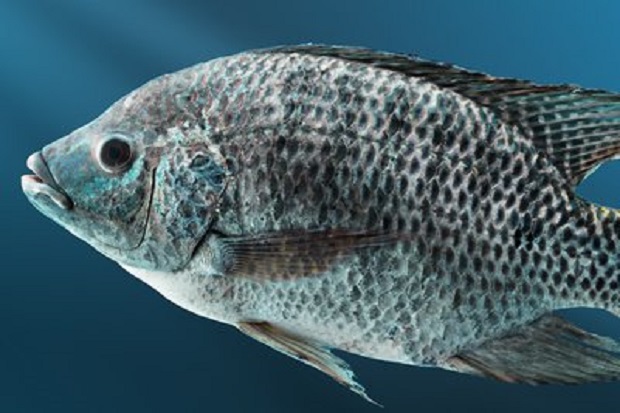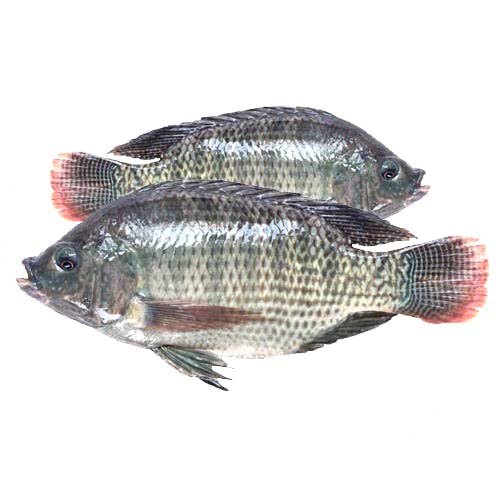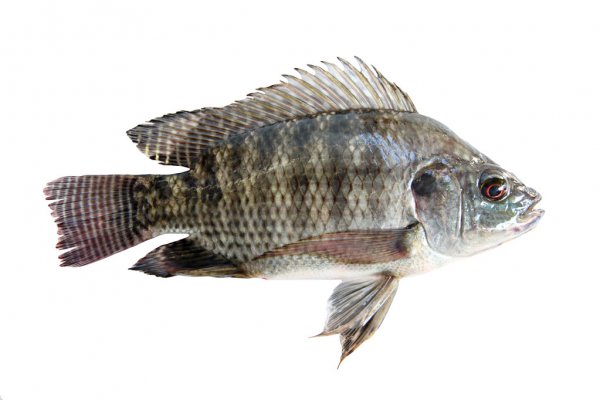Introduction
Approximately a hundred species of cichlid fish go by the name Tilapia. Tilapia are mostly freshwater fish that live in little waterways, ponds, rivers, and lakes, with brackish water being less frequent. They have traditionally played a significant role in commercial fishing in Africa, and they are becoming increasingly important in aquaculture as well as aquaponics. Tilapia can become a seriously introduced species in new warm-water environments like Australia, whether intentionally or unintentionally established, but not in temperate regions due to the failure to withstand cold water.
Tilapia is a low-cost, tasty fish with high nutritive quality, including protein, vitamins, minerals, and omega-3 fatty acids. As a result, it’s reasonable to believe that it’s harmless for your cat. It’s not that straightforward, so before you fall into those huge, adorable eyes staring at your plate, there’s some crucial information to contemplate, which you can find in this post.
Is Tilapia Healthy for Your Cat?
In the United States, tilapia is a prominent fish. It was one of the top five best fish in 2016. This is primarily owing to Tilapia’s ease of cultivation and farming. It’s one of the more affordable fish, and it doesn’t have a distinct fishy flavor or odor, which turns off a large number of people. It’s a rich source of protein and seems to have a reduced fat level, therefore it’s good for you. It’s also low in sodium, which is bad for cats, and it’s free of nitrates, which have been associated with an increased risk of cancer.
Since it contains more omega-6 fatty acids than omega-3, Tilapia has had some negative reputation in history. It does, however, contain a healthy quantity of omega-3 fatty acids, which are beneficial to joints, eyesight, and heart health. More so than other meats, and it’s a far better choice than red or processed meats in general.
Can Your Cat Eat Tilapia?

Tilapia, like much other fish, has a high nutritional value. And your cat will adore it, and you will be much more adored for sharing some.
Even while people connect cats with fish consumption, in the wild, they would not consume a large number of fish. Cats aren’t particularly good at capturing fish; instead, game meat such as birds and rodents make up the majority of their diet in the wild.
With that stated, another essential point to consider when selecting tilapia is that it is one of the low-mercury fish species, along with salmon, haddock, cod, pollock, and sole.
As a result, Tilapia is far healthier than some of the other widely accessible fish species. However, you should only offer them a small amount as a treat because it isn’t nearly as nutritious as their cat food, which is carefully made to provide a wide variety of balanced nutrition.
So, as a bottom line, your cat can eat Tilapia and will also love eating it, but it’s your responsibility to offer them this treat in limited quantity.
How Much Tilapia is Safe for Cats to Consumer?
Cats have a hard time avoiding bones. They’d much prefer to chew them up then swallow them whole. Small bones, know it or not, can become trapped in their throats and digestive systems, which is much simpler with huge bones.
To recapitulate, when eating tilapia, you should only offer your cat a small portion of your leftovers as a reward to make them happy. That should suffice to offer them a treat and some variety in their diet without causing them any damage.
Pros and Cons of Eating Tilapia

Like every other diet, Tilapia also has its own set of benefits and drawbacks when being eaten by your cat. You should weigh them carefully and then decide whether you feel comfortable by the fact that your cat has it included in the list of occasional treats.
Benefits of Eating Tilapia
- Tilapia is high in proteins, which can help your cat retain a healthy weight. It also contains Omega-3 fatty acids, which can assist with joint discomfort and obesity while also supporting your cat’s cardiovascular system.
- Furthermore, tilapia is easy to digest for cats, ensuring that they get the maximum nutrition from it, and many cats enjoy the taste.
- Tilapia is good for your cat’s health since it includes Omega-3 fatty acids, which have been found to assist with arthritis as well as defecation in cats, along with overeating.
- There’s also some evidence that tilapia can assist your cat with chlamydia.
- Tilapia can also aid by lowering the risk of hypertension and heart disease.
Drawbacks of Eating Tilapia
- Tilapia that has not been cooked may contain germs and other parasites that can cause stomach discomfort or even worse. Do not offer the fish to your cat if you have any reasonable grounds to suspect it is not healthy.
- Introducing tilapia to your cat gently, as you would most new meals, and keep an eye on their behavior since some cats may be more sensitive than others.
Is It Safe to Eat Raw Tilapia?

Yes! Many cat owners offer raw tilapia to their cats since it is simple for them to consume, even in its raw condition – the bones aren’t too tough for cats to chew. Nevertheless, you should only give your cat raw tilapia if you know where it came from and are confident that it is free of pesticides or antibiotics.
How Can You Feed Tilapia to Your Cat Without Endangering It?
Make sure you get fresh tilapia from reputable suppliers to avoid being contaminated with pesticides or antibiotics. If you’re not sure, don’t give tilapia to your cat.
Start cautiously with any new food you give your cat and watch how they react; some cats are more sensitive than others. Additionally, make sure the fish is chopped into tiny enough pieces for your cat to consume.
Bottom Line
Tilapia is not very dangerous for cats if taken in limited quantity. If you plan to treat your cat with this fish, then do so in small quantity since its excess can make your cat sick and at the risk of several illnesses.